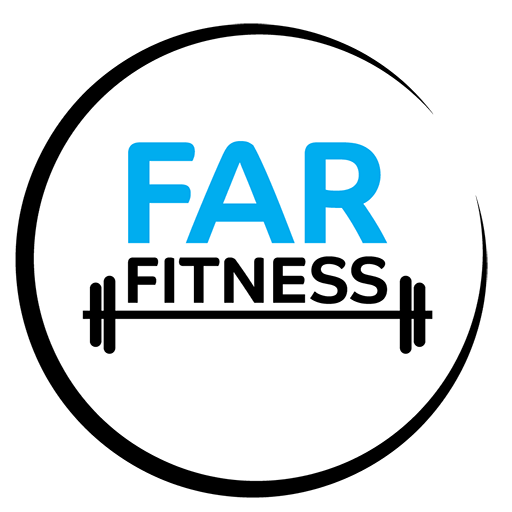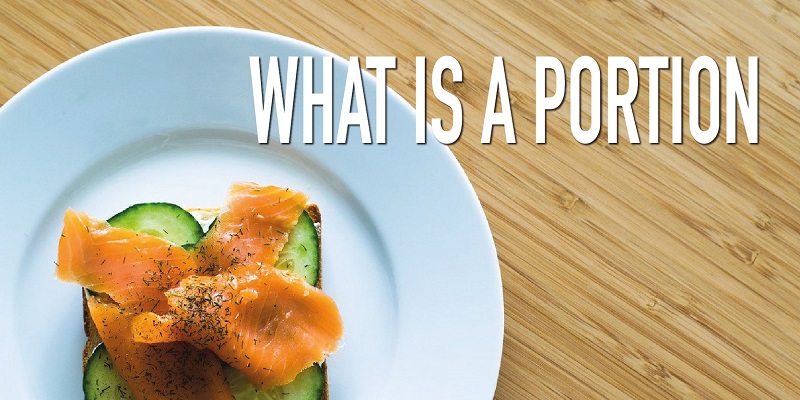
What is a Portion?
A portions is is typically the amount of food that we eat at one time, but can also be how much we eat per meal or how much food is packaged or on our plate.
Why are portion sizes important?
The key to good nutrition is to eat a a well varied and balanced diet, consisting of a wide range of foods in the appropriate amounts. In order to make healthy food choices, it is important to know which foods to have often, which to have less often, and the appropriate quantities in which different foods should be consumed.
Therefore, it is important to be aware of your portion sizes, as eating too much or too little of certain foods can be bad for your health. Knowing your portion sizes can help to make sure that your body doesn’t get too much or too little of the nutrients that it needs for optimal health.
CARBOHYDRATES – what is a portion?
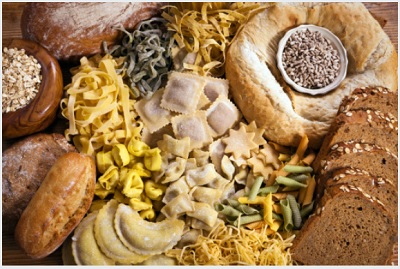
It is important to remember that different carbohydrate portions contain different quantities of carbohydrates and calories. Where possible, choose wholegrain or high fibre carbohydrates with less sugar, salt or added fat.
Potatoes are a common carbohydrate however do not contribute towards our recommended fruit and vegetable intake. However other root vegetable carbs such as sweet potatoes, parsnips , turnips, and swedes do count.
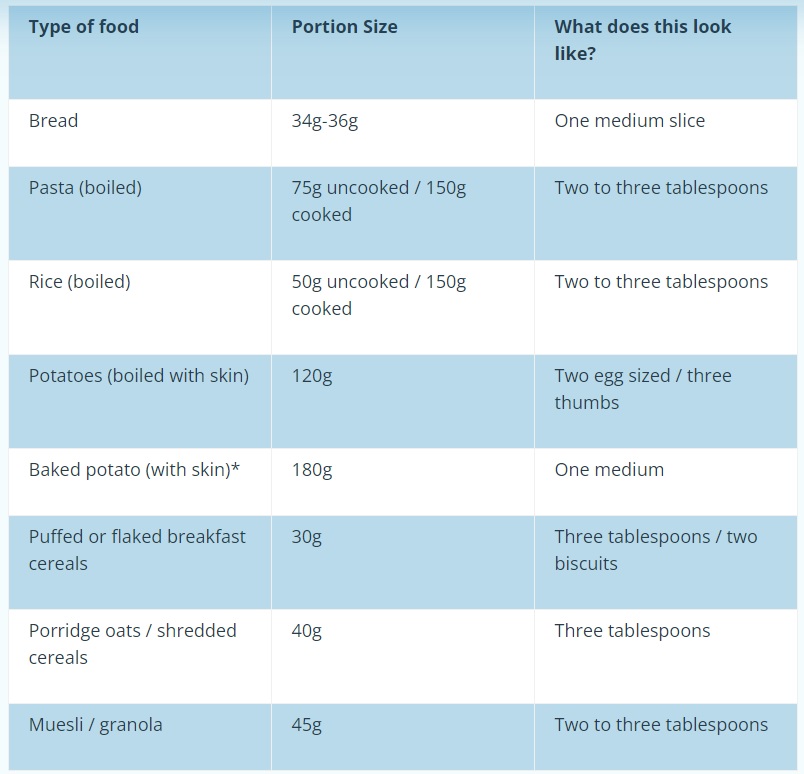
DAIRY & DAIRY ALTERATIVES – what is a portion?

When considering dairy and dairy alternatives, choose lower fat and lower sugar options where possible.

PROTEIN – what is a portion?

When considering protein, opt for plant based options as much as possible. Pulses, lentils and peas are a good choices.
If meat, try to minimise red and processed meats and choose leaner cuts of meat, like turkey or chicken, where you can.
Consume two portions of sustainably sourced fish (140g) each week. One of which being an oily fish option such as salmon, mackerel, trout, sardines or herring.
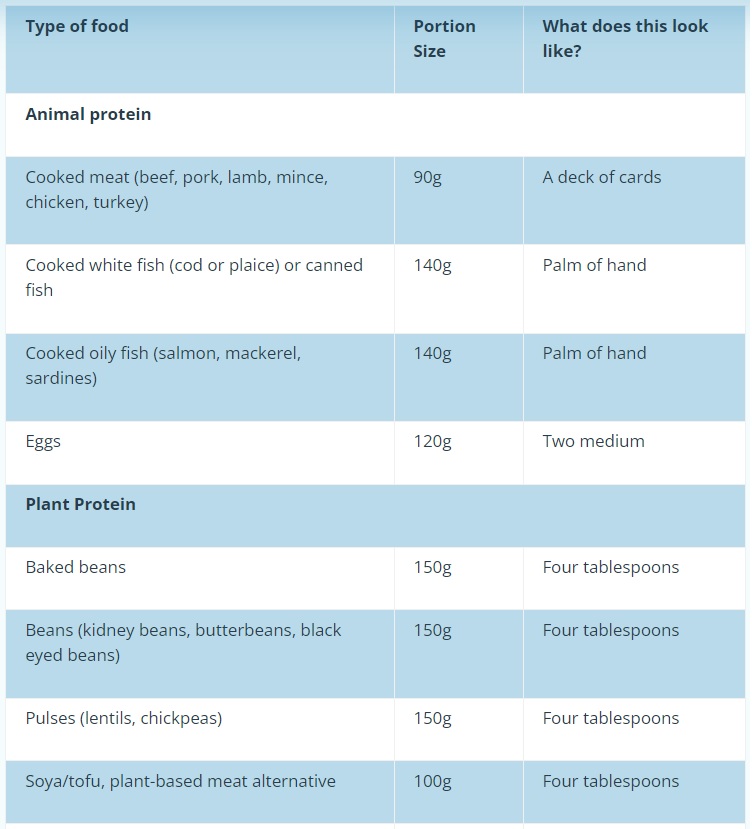
FRUIT & VEG – what is a portion?
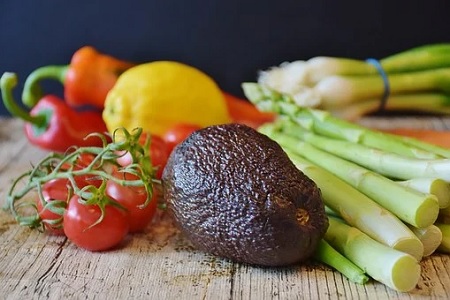
Try to eat at least five portions (400g) of fruit and vegetables each day. Aim for as much variation as possible, eating fruit an veggies of all colours. Fresh, frozen, dried or canned (in juice with no added sugars) can all contribute.

OILS & SPREADS – what is a portion?
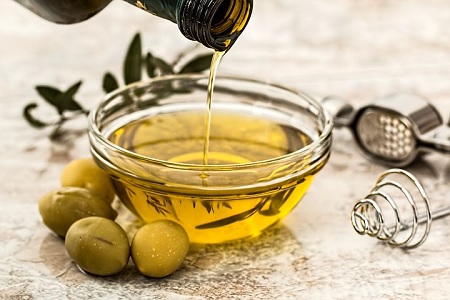
Minimise the use of oils and spreads where possible. When preparing foods, boil, bake or dry-fry foods to help minimise your consumption. Spray oils can also be helpful in reducing intake.
If using oils or spreads, have these in small amounts and choose unsaturated vegetable oils such as olive oil, rapeseed oil or sunflower oil where possible.
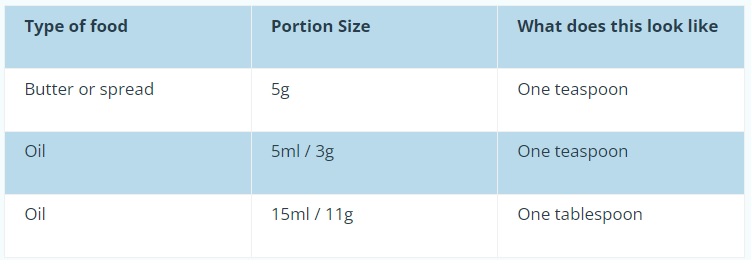
DRINKS – what is a portion?

,Try to drink 2-3 litre of fluid (ideally water) 6-8 cups per day. This can vary however, depending on your age, gender, the weather and how physically active you are. Water is best, but low fat milks, low sugar or sugar free water bases drinks count, also teas or coffees, but minimise these and your general caffeine intake where possible.
A typical portion per serving may be 150-200ml for children or 250-350ml for adults. Fruit juices and smoothies can contribute towards your daily intake, but should be limited to one small glass per day.
More on Portions…
Get more information on portion sizes, Check out these useful resources:
Rough guide – Fruit & vegetable portion sizes [Internet]. Nhs.uk. 2021 [cited Jan 2022]. Available from:
https://www.nhs.uk/Livewell/5ADAY/Documents/Downloads/5ADAY_portion_guide.pdf

HOME
LOGIN
SERVICES
ABOUT
CONTACT
TERMS
